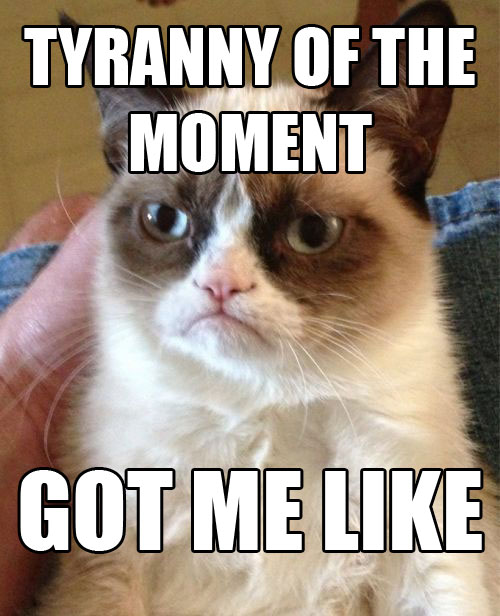 What is a meme? The term “meme” first appeared in a 1976 book by Richard Dawkins called The Selfish Gene. Basically it was (and is) the concept that, like genetics, an idea could begin to repeat itself over and over, just as genetic structure can replicate. Twenty years later—and since—the meme and “meming” have come into full flower on the Internet.
What is a meme? The term “meme” first appeared in a 1976 book by Richard Dawkins called The Selfish Gene. Basically it was (and is) the concept that, like genetics, an idea could begin to repeat itself over and over, just as genetic structure can replicate. Twenty years later—and since—the meme and “meming” have come into full flower on the Internet.
A helpful definition is as follows:
A meme (/ˈmiːm/ MEEM), a neologism coined by Richard Dawkins, is “an idea, behavior, or style that spreads from person to person within a culture.” A meme acts as a unit for carrying cultural ideas, symbols, or practices that can be transmitted from one mind to another through writing, speech, gestures, rituals, or other imitable phenomena with a mimicked theme. Supporters of the concept regard memes as cultural analogues to genes in that they self-replicate, mutate, and respond to selective pressures.
Memes, by their very nature, are simplified and readily replicated. So even a human being can be relegated or reduced to a picture and a caption.
The problem with meming people or ideas is that this reduces them to an oversimplified reality. So the “gray areas,” idiosyncrasies, and variations on a theme are unidentified or ignored. Meming actually promotes polarity of thought: “black/white,” either/or, all/none. If everything can be reduced to a “meme,” then the exploration of ideas becomes dangerously muted or thwarted.
It’s sad but too often true: If you want to kill an idea or diminish someone, all you have to do is meme them on the Internet!
The reason that memes can be so attractive to the brain is that the human mind processes in visuals and patterns because this is more efficient; the brain can work faster. Ironically, those who are most adamantly opposed to the concept of “stereotyping” tend to be in love with memes. Same concept—patterning.
The problem is if the meme becomes virtually the only picture and caption that go with another person or idea in your brain or my brain. Then a meme becomes limiting.








